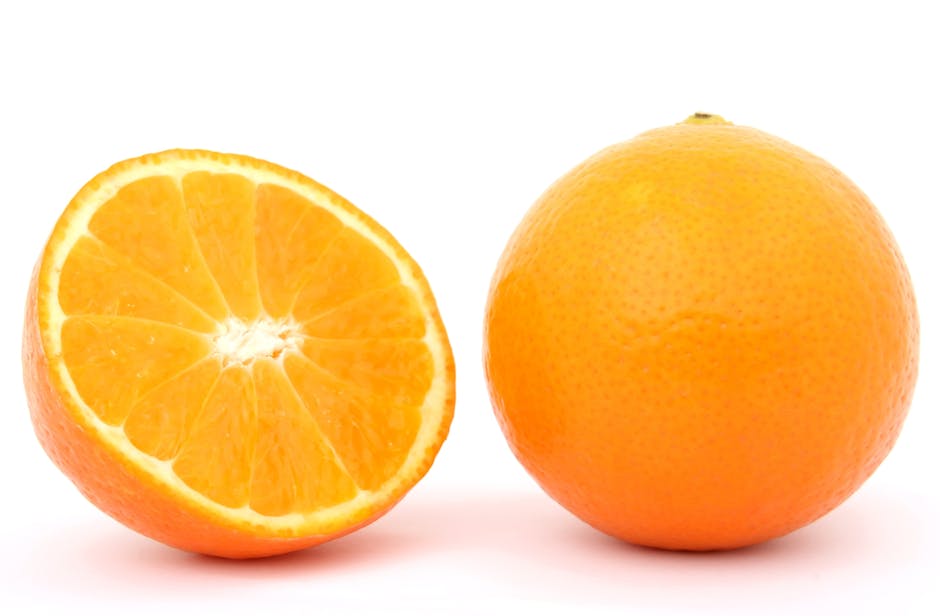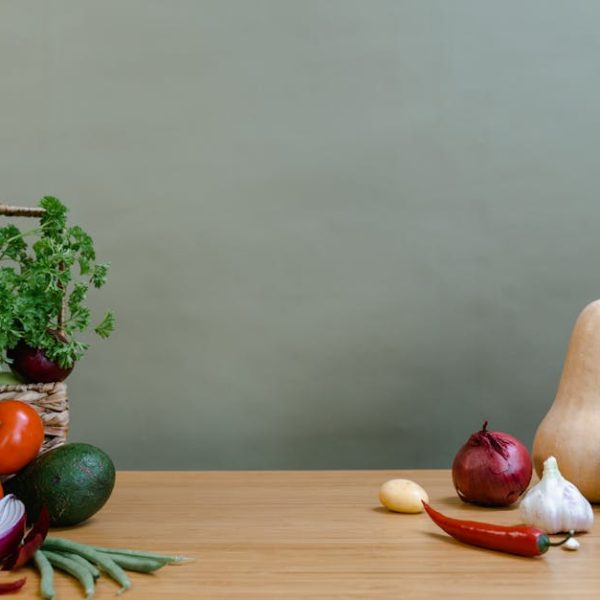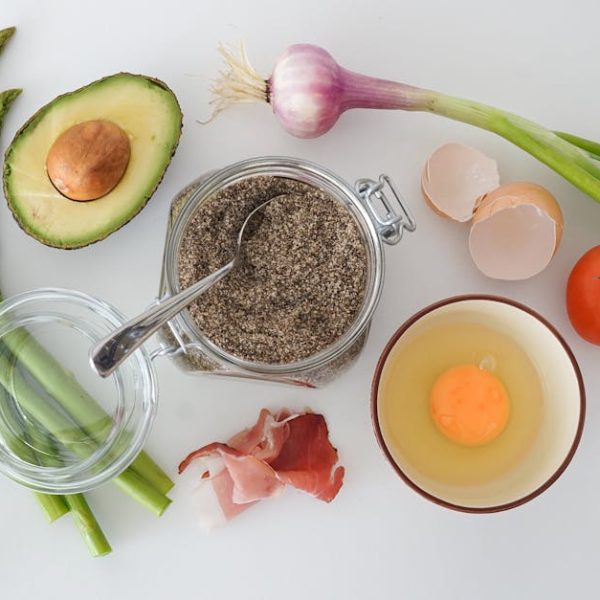Scientific Differentiation Between Fruits and Vegetables
Botanically speaking, fruits and vegetables bear stark differentiation, stemming primarily from their biological attributes and roles within plant reproduction. Fruits come to existence post-pollination, developing directly from the flowering part of the plant, encapsulating and protecting the seeds. Technically, anything that contains seeds qualifies as a fruit, encompassing some unexpected entries – like squash or beans, often classified as vegetables in culinary contexts!
Vegetables, on the other extreme, comprise the non-reproductive parts of the plant – including stems, roots, and leaves. When you crunch into a refreshing stalk of celery or savor a golden-baked potato, you’re actually enjoying plant stems and roots, respectively.
Best Practice: If you aim to engage in scientific discussions or want a purely botanical perspective, it’s prudent to adhere to the formal definitions when categorizing fruits and vegetables.
Culinary Distinction Between Fruits and Vegetables
In most kitchens, chefs don’t distinguish a fruit from vegetable based on the presence of seeds, but rather by taste, texture, and how it’s used in cooking. Fruits tend to be sweet or tangy and are often consumed raw or as dessert. Vegetables, by contrast, lean towards the savory or mildly flavored, and are typically utilized in main or side dishes.
You’ll often find culinarily classified vegetables like tomatoes, avocados, cucumbers, and bell peppers enhancing salads or starring in savory dishes – despite the surprise that they technically are fruits, botanically speaking!
Pro Tip: When cooking or menu planning, it makes more sense to follow culinary conventions. A tomato, for example, may be a ‘fruit’ in science, but adding it to your fruit salad might not yield the tastiest result!
Nutritional Variances Between Fruits and Vegetables
Apart from their culinary profiles, fruits and vegetables diverge significantly when it comes to their nutritional properties. Though both oozing with vitamins, minerals, and fiber beneficial for health, fruits do tend to boast a higher sugar content. This can contribute to a higher caloric load as well, especially compared to leafy green vegetables.
Nonetheless, both fruits and vegetables are vital pillars of a balanced diet, each offering their unique cocktail of nutrients.
Points to Consider: Don’t limit yourself to either group. Include a blend of both fruits and vegetables in your meals to ensure a balanced intake of essential nutrients.
Common Confusions in Differentiating Fruits from Vegetables
The overlapping of botanical and culinary realms has spooned a generous serving of confusion onto our plates! Culinary conventions often label certain botanical fruits like tomatoes, cucumbers, and peppers as ‘vegetables’, based mostly on their flavor profiles and usage.
Moreover, cultural, regional, and personal factors batter into this mix too. Some people firmly believe avocado as a vegetable due to its creamy texture and typically savory applications, despite it being a fruit botanically.
Tips: It’s crucial to keep one’s perspective malleable in this discussion. The parameters defining fruits and vegetables can blur and shift, depending on the context.
The Impact of the Fruit-Vegetable Debate on Legal and Commercial Standing
Believe it or not, the blurred lines between fruits and vegetables have crossed over into legality, making a serious impact on commerce and taxations. The Nix v. Hedden case remains a timeless example. In 1893, the U.S. Supreme Court ruled that tomatoes were vegetables, not fruits, based solely on popular vernacular and usage, overriding botanical definitions.
Distinctions also matter in commercial labeling and taxation systems around the world. Some countries impose different customs duties on fruits and vegetables, which could affect the cost of import for these items. For consumers, a product’s label as a fruit or vegetable can impact perception, influencing purchasing decisions and overall consumer behavior.
Pro-Con Analysis: From a commercial viewpoint, labeling a food item as a fruit or a vegetable has far-reaching consequences. Being classified as a fruit might allow an item to attract customers looking for ‘lighter’ or ‘natural’ food options, while being a vegetable might attract customers seeking ‘hearty’ or ‘savory’ selections. On the other hand, there could be taxation or import implications for the business.
Here’s a simple business comparison considering such factors (represented in a table format with HTML):
| Fruit | Vegetable | |
|---|---|---|
| Consumer Perception | ‘Light’, ‘Natural’ | ‘Hearty’, ‘Savory’ |
| Taxation/Import Implications | Varies by country | Varies by country |
Remember, every classification comes with its pros and cons, and understanding these floating classifications can not only help bridge the gap between botanical and culinary perspectives, but also aid wiser consumer choices and more successful marketing strategies.
Key Takeaway:
- Fruits and vegetables are classified differently; botanically speaking, fruits encapsulate and protect seeds and vegetables comprise non-reproductive parts of the plant, like the stems, roots, and leaves.
- In a culinary context, a fruit’s sweetness or tanginess often determines its classification, while vegetables tend to be savory and are often used in the main or side dishes.
- Fruits and vegetables have distinct nutritional properties, with fruits generally containing higher sugar and calorie content.
- Cultural, regional, and personal factors often influence the categorization of certain foods as either fruit or vegetable, giving rise to common confusions.
- The legal classification of fruits and vegetables can impact commerce and taxation, as seen in memorable court cases and differing customs duties across countries.
In understanding these intricate classifications, we appreciate the vibrant diversity of foods we eat and it promotes well-informed choices that cater to our dietary necessity and preference. Choosing whether an avocado belongs to your salad or dessert doesn’t always have to be a pickle – it is about relishing the culinary adventure and exploring unique blends and possibilities. Hence, it is essential to take these definitions with a pinch of salt and enjoy the delectable range of flavors our nature has buttered up for us.
FAQs
Q: Are there any vegetables that are technically fruits?
A: Yes, many items we commonly consider as vegetables, like tomatoes, cucumbers, and bell peppers, are botanically fruits as they contain seeds.
Q: Why is it important to understand the distinction between fruits and vegetables from a nutrition viewpoint?
A: Comprehending the nutritional differences helps in constructing a balanced diet, providing a diverse range of essential nutrients.
Q: Has the fruit-vegetable classification ever had legal implications?
A: Absolutely! The Nix v. Hedden case where tomato’s category was legally contested in the U.S. Supreme Court is a classic example.
Q: How does the fruit or vegetable classification impact product labeling and pricing?
A: Depending on local customs duties and taxation systems, the classification can influence importing costs and consumer prices.
Q: Can cultural factors affect whether a food is considered a fruit or a vegetable?
A: Yes, cultural interpretations often come into play. These factors can influence categorization based on traditional culinary practices.
Feel free to share this article with others interested in the fascinating topic of fruits and vegetables. Explore more food-related posts on our website to quench your gastronomic curiosity.






